Torres Strait pearl luggers – Anniki, Antonia, Triton and Stephen Davies – face uncertain future
A stunning historical fleet of Torres Strait pearl luggers has been ousted from its Cairns base and the ships now face an uncertain future.
Cairns
Don't miss out on the headlines from Cairns. Followed categories will be added to My News.
A permanent home for the stunning historical fleet of Torres Strait pearl luggers, recently ousted from its Cairns base, is a step closer.
Restoration of the ships, which have been ravaged by time and the elements, is possible but only at huge expense.
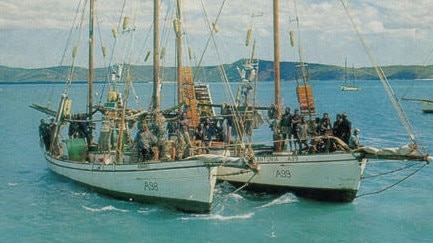
But more work is needed to save the floating time capsules from being lost forever, according to Mike Smith, who co-founded the Pearl Lugger Heritage Fleet with his wife Sonia Minniecon.
The couple is on a mission to preserve and celebrate the history and beauty of the handcrafted wooden boats.
Moved on from their heritage fleet yard at Tingira St Portsmith earlier this year to make way for marine infrastructure upgrades, vessel owner Mr Smith has been unable to raise funds or enough interest to keep the partially-restored Stephen Davies, Triton or Antonia in Cairns.

“It’s OK to say we’re going to preserve these things, but then you need the money and the resources and the funds to do it,” he said.
“It’s about preserving (them) no matter what we have to do. We start building those resources and fundraising again, and if you can afford 10 nails, then put 10 nails in, if you can afford 1000 or 2000 then put them in and just do it over time.”
The lucrative north Queensland pearling industry was started in 1868 at Warrior Island by blackbirder Captain William Banner who inadvertently discovered shallow water shell while looking for sandalwood and beche-de-mer.
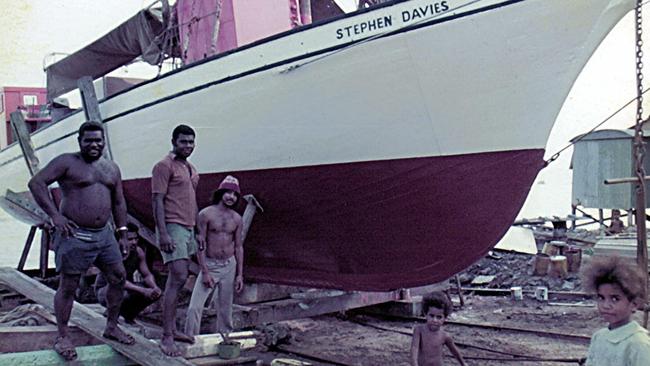
Fuelled by international demand for decorative and durable pearl shell, used predominantly to manufacture buttons, pearling luggers plied tropical waters of the Far North up until the 1960s when mass produced plastic crashed the pearl shell price and ended a 90-year long industry.
The high-risk industry killed hundreds of divers before the effects of decompression sickness was properly understood and added a dark chapter to the history of the Far North when pearl workers were coerced, deceived and kidnapped to work as slaves or poorly paid labourers, in a trade known as blackbirding.

During World War II, pearling luggers were requisitioned by the Australian navy and scuttled to prevent the vessels falling into the hands of a Japanese army advancing through New Guinea.
After the war, a pearling industry in decline meant many vessels were repurposed as cray or fishing boats.
The final generation of luggers built in the 1950s, including three pearlers, the Anniki, Antonia, Triton and former missionary supply vessel, the Stephen Davies were the last of their kind.

They remain as rare links to a bygone but important era in the development of the Far North and identity of first nations peoples of the Torres Strait.
In 2008 the Antonia, formally owned by Jack Zafer, sank while tied up to a jetty on the Ross River at Townsville for the second time.
Owners at the time, the Wooden Boat Association, were directed by the Townsville Port Authority to restore the lugger or she would never be permitted back in the water.
After years of expressing interest in the boat Mr Smith added the 22-tonne lugger to the heritage fleet in 2021.

And the lugger made famous after an appearance in Baz Luhrmann’s Australia, the Anniki, joined the fleet after sinking at Darwin Harbour in 2016.
Restoration of historic vessels has attracted federal and state funding and received labour through work for the dole programs that have helped to largely restore Triton, currently moored at Trinity Inlet.

“The boat across the river (Triton) has probably cost $350,000 to $400,000 and we’ve done it in five or six $50,000 chunks,” he said.
“And we still have another one or two to go.”
With funding now all but dried up all four vessels were bound for the Whitsundays, where Mr Smith and his family have relocated to operate their tourism venture, the famous Airlie Beach tall ship, Derwent Hunter.
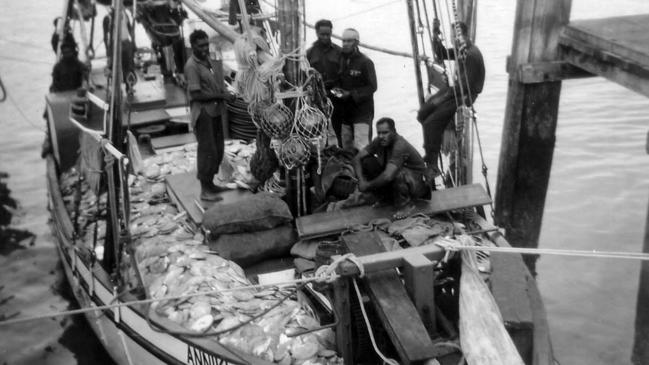
However, an opportunity now exists to move the fleet to Flying Fish Point slipway.
Enchanted by the romance of what the boats represent and driven by passion to see the vessels returned to their former glory, while restoring the vessels Mr Smith discovered long forgotten but poignant markers in time.
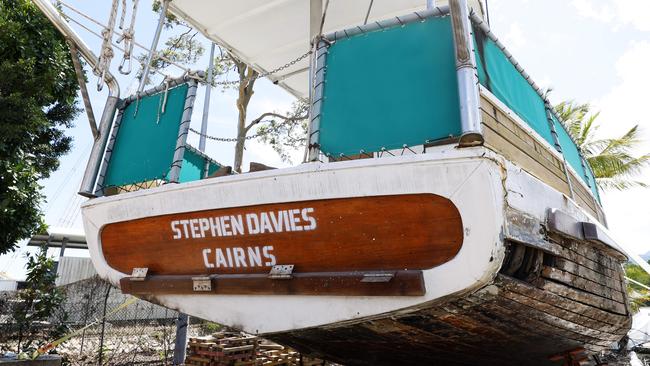
“When we pulled the deck off there were cassette tapes and lighters and names scrawled into the bunks and you realise this was people’s home,” he said.
“It was their workplace. It was the family’s history.
“There’s probably about 12 or 13 former divers and crew that worked on Antonia. Every time they come anywhere near her they get very emotional, some of them get upset and then they start talking about their time on the ocean, they just open up.”
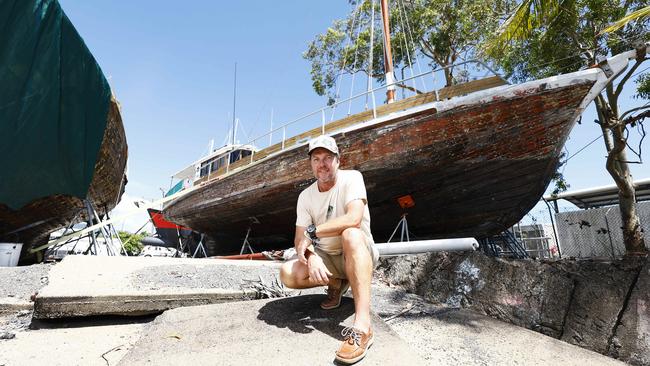
Most of the pearling lugger fleet was wiped out by one of the nation’s worst maritime disasters and today there are only 13 pearl luggers left.
In March 1899 at Cape Melville Cyclone Mahina destroyed four motherships, 54 luggers and killed more than 300 men.
More Coverage
Originally published as Torres Strait pearl luggers – Anniki, Antonia, Triton and Stephen Davies – face uncertain future





